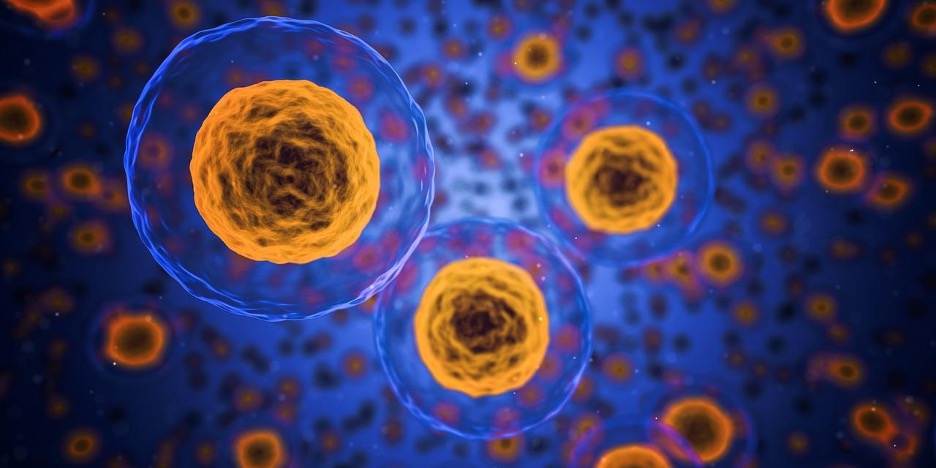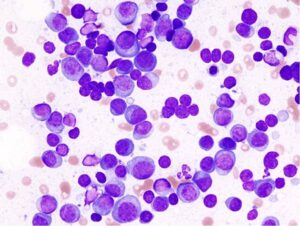
Figure 1: CellChat, an open-source R package, provides researchers with the tools to understand how cells communicate
Source: Pixabay
The human body is an extremely complex structure and only recently have researchers begun to unravel its many mysteries. The function of the large organs such as the heart, lungs, and liver are widely known. However, when scientists start to look deeper, specifically into how individual cells work together to make up a complex organ, the answer remains obscure. In an effort to finally unravel the mystery of the inner workings of organisms, learning how cells communicate is often considered the final step.
Research into cell communication is relevant to a wide variety of biological disciplines from neurobiology to endocrinology, which is why understanding how cells communicate could change the face of biology (Neitzel and Rasband, n.d.). Of course, there are currently methods that help biologists decipher what molecules are being used to communicate with each other. One such approach, called the reductionist method, involves isolating cells and culturing them in vitro so that cellular responses can be tested by measuring chemical signals (Neitzel and Rasband, n.d.). Scientists often use time-lapse microscopy, a string of sequential images taken by the microscope over time, to track molecules. While this method has yielded some interesting results, it has many shortcomings, the main one being its tediousness. Setting up that experiment requires a lot of effort, and waiting for the time-lapse microscopy to track molecules wastes a lot of time. What scientists need is a way to quickly deduce which molecules are being exchanged between cells, which is where CellChat comes in.
CellChat was developed by researchers at the University of California to decode signaling molecules that transmit information and commands between cells (University of California – Irvine, 2021). CellChat is c that utilizes machine learning algorithms and social network theory to predict cellular language (Jin et al., 2021). Machine learning is commonly used to find patterns in large amounts of data and make predictions based off of those patterns. For example, Netflix, Google, and social media platforms all use machine learning algorithms to drive their recommendation systems. Specifically, these companies find patterns in past user activity, and use that to predict what you might like in an attempt to keep you hooked on the service.
Similarly, CellChat employs a powerful machine learning tool called a deep neural network to find patterns. A deep neural network is a large neural network that is inspired by the brain. In contrast to old learning algorithms that eventually plateau in performance when given a certain amount of data, deep learning continues to grow and scale in performance. This gives CellChat an enhanced ability to find and amplify patterns, which it then stores and compares to other data sets. This is similar to how Google Translate’s algorithm works, and in fact, one of the researchers stated that CellChat acts as the “Google Translator for the lexicon of cells” (University of California – Irvine, 2021).
What makes CellChat enticing for researchers is how it can change based on user-provided parameters. The user can optimize the algorithm to look for a variety of different molecules and can continuously feed it data. CellChat has already been used to uncover molecular drivers in a wide variety of diseases such as cancer and auto-immune illnesses (University of California – Irvine, 2021). It can also compare communications between healthy tissue and diseased tissue, which can be used to create specialized treatments. CellChat’s potential is seemingly limitless, and its functionality will only continue to grow as it continues to be refined. Because of CellChat, biologists are closer than ever to uncovering the mysteries of cell communication and revolutionizing the field of biology.
References
Jin, S., Guerrero-Juarez, C. F., Zhang, L., Chang, I., Ramos, R., Kuan, C., Myung P., Plikus M., Nie, Q. (2021). Inference and analysis of cell-cell communication using CellChat. Nature Communications. Retrieved March 5, 2021 from https://doi.org/10.1038/s41467-021-21246-9.
Neitzel, J., and Rasband M. (n.d.). Cell Communication. Retrieved March 5, 2021 from https://www.nature.com/scitable/topic/cell-communication-14122659/.
University of California – Irvine. (2021). Researchers eavesdrop on cellular conversations. ScienceDaily. Retrieved March 10, 2021 from www.sciencedaily.com/releases/2021/02/210218160357.htm.
Related Posts
UV-Vis Spectroscopy: A Step in the Light Direction
Executive Board Advisor: Nishi Jain Co-Authors: Daniela Galvez-Cepeda, Katherine Faulkner,...
Read MoreAnti-SLAMF7 Treatment for Multiple Myeloma by the Elimination of Immunosuppressive T Cells
Figure 1: Smear preparation of bone marrow from a patient...
Read MoreBalancing Blood Sugar: The Evolution of Glucose Monitoring
Figure 1: Many people diagnosed with diabetes often rely on...
Read MorePalin Narsian



